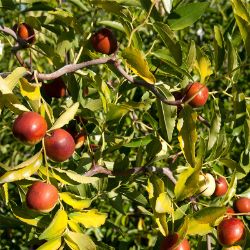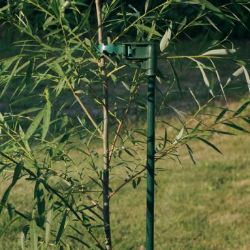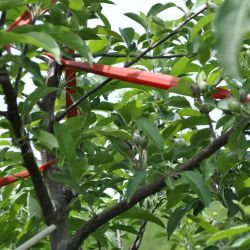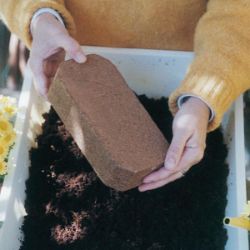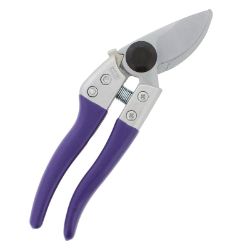Pest & Disease Control for Jujube Trees
Jujube trees are generally hardy and resistant to many pests and diseases. However, like any plant, they can still face some issues.
NOTE: This is part 5 in a series of 8 articles. For a complete background on how to grow jujube trees, we recommend starting from the beginning.
Pests:
Aphids: These small insects can cluster on new growth, causing distorted leaves and sometimes transmitting plant viruses.
Spider Mites: These tiny pests can suck sap from leaves, causing stippling, discoloration, and leaf drop.
Scale Insects: Scale insects can attach themselves to branches and leaves, feeding on plant sap and potentially causing reduced vigor.
Whiteflies: Whiteflies are small, winged insects that can congregate on the undersides of leaves, sucking sap and potentially transmitting diseases.
Jujube Fruit Fly: The larvae of this fly can damage jujube fruit by tunneling inside, leading to fruit drop and reduced quality.
Diseases:
Leaf Spot Diseases: Various fungal pathogens can cause leaf spots on jujube trees. These may appear as dark spots with yellow halos.
Rust: Rust diseases can cause orange or rusty-colored spots on leaves, affecting the overall health of the tree.
Powdery Mildew: This fungal disease can result in a white powdery substance on leaves, affecting photosynthesis and overall tree health.
Root Rot: Excessive moisture in the soil can lead to root rot, causing wilting, yellowing, and eventual decline of the tree.
Environmental Stress:
Drought Stress: Jujube trees can be affected by drought stress, leading to wilting, leaf drop, and reduced fruit production.
Cold Damage: In areas with extreme cold temperatures, jujube trees may experience cold damage, leading to dieback of branches or overall tree decline.
Preventive Measures:
Planting Site Selection: Choose a well-drained planting site to reduce the risk of root diseases.
Proper Watering: Ensure adequate but not excessive watering. Jujube trees are drought-tolerant but benefit from regular watering during dry spells.
Pruning: Prune out dead or diseased branches to improve air circulation and reduce the risk of fungal diseases.
Insecticidal Soaps and Oils: These can be used for controlling certain pests like aphids and spider mites in a more environmentally friendly manner.
Regular monitoring, early detection, and appropriate cultural practices can help manage and prevent pest and disease issues in jujube trees. If significant problems arise, consult with local gardening experts or extension services for region-specific guidance.













